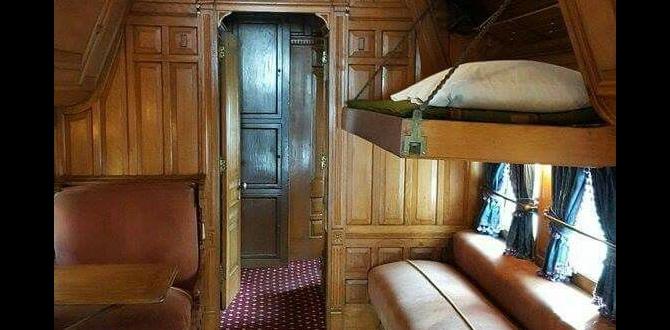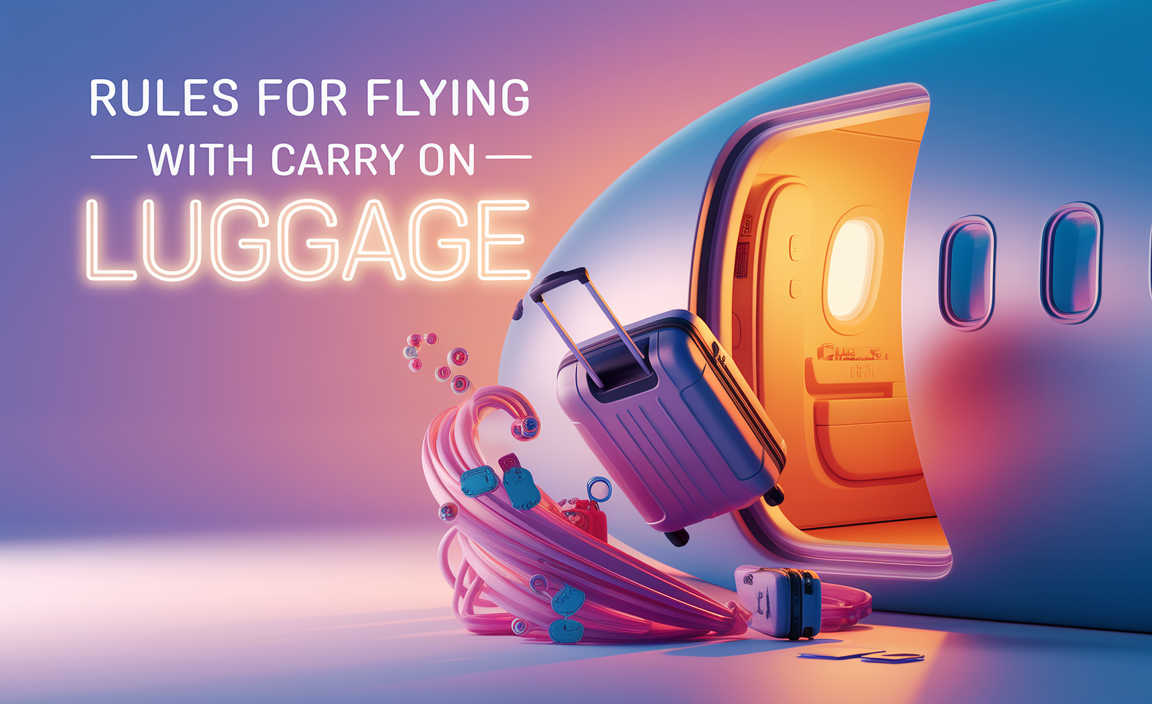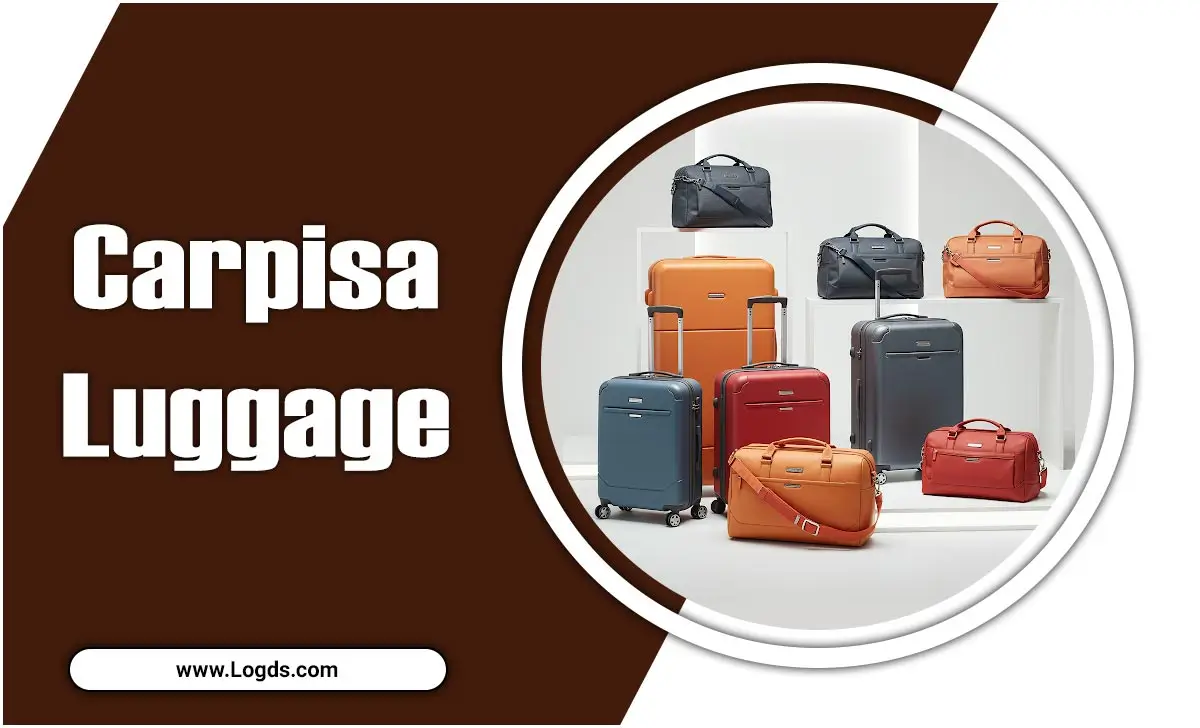Austria Accessible Travel Guide: Essential Tips for a Smooth Journey. Navigating Austria with accessibility needs is straightforward with proper planning. This guide offers practical advice on transport, accommodation, attractions, and essential tips to ensure a comfortable and enjoyable trip to Austria for everyone.
Planning a trip to Austria should be exciting, not stressful! Many travelers worry about getting around or finding suitable places to stay and visit, especially when managing specific accessibility needs. It can feel overwhelming trying to figure out what’s truly accessible and how to make the most of your holiday. But don’t worry, with a few smart tips, you can enjoy Austria’s stunning beauty and rich culture with confidence and ease. We’re here to simplify your planning process, so you can focus on the joy of travel.
Why Austria is a Great Choice for Accessible Travel
Austria offers a surprising number of accessible options for travelers. From well-maintained public transport systems to dedicated services at major attractions, the country is making great strides in ensuring everyone can experience its wonders. The cities, especially Vienna, Salzburg, and Innsbruck, have invested in infrastructure to accommodate diverse needs. While challenges can exist, especially in older parts of cities or more rural areas, consistent effort creates a welcoming environment for accessible tourism.
Understanding Accessibility Jargon
Before diving into specifics, let’s clarify a few terms you might encounter:
- Mobility Accessible: This generally means a place can accommodate wheelchairs and has features like ramps, elevators, and accessible restrooms.
- Sensory Accessible: This refers to adaptations for people with visual or hearing impairments, such as audio guides, braille signage, or sign language interpretation.
- Assistance Animals: Service animals are usually permitted in public spaces, but it’s always wise to confirm policies with specific venues.
- Accessible Facilities: This broad term covers restrooms, parking, seating, and other amenities designed for ease of use.
Planning Your Accessible Trip to Austria
Thorough planning is the cornerstone of any successful accessible trip. Here’s how to get started:
1. Booking Accessible Accommodation
Finding the right place to stay is crucial. Look for hotels that specifically advertise accessible rooms. Don’t hesitate to contact hotels directly to discuss your needs. Ask about:
- Room Features: Roll-in showers, grab bars in the bathroom, extra space for maneuvering a wheelchair, bed height.
- Building Access: Ramps or elevators to reach your room and common areas, accessible entrances.
- Staff Training: Inquire if staff are trained to assist guests with specific needs.
Websites like Accessible Tourism for Europe can be a great starting point, often listing certified accessible accommodations across the continent.
2. Accessible Transportation in Austria
Navigating Austria is generally well-organized. Here’s a breakdown of your options:
Getting There: Flights
Most major international airlines are equipped to handle passengers with disabilities. Inform your airline at least 48 hours in advance about any specific requirements, such as mobility assistance at the airport, in-flight wheelchair needs, or space for medical equipment.
Within Austria: Trains
The Austrian Federal Railways (ÖBB) is committed to accessibility. Many train stations are equipped with ramps, elevators, and accessible restrooms. You can book assistance for boarding and alighting trains when you purchase your ticket. ÖBB provides detailed information on accessibility for each station and train type on their website. Planning ahead is key, especially for longer journeys.
Tip: Look for the “barrierefrei reisen” (accessible travel) information on the ÖBB website.
Accessible Public Transport in Cities
Major cities like Vienna boast extensive accessible public transport networks. Trams and buses often have low floors and designated spaces for wheelchairs. Vienna’s subway system (U-Bahn) is steadily improving, with many stations now offering barrier-free access via elevators. Smaller towns may rely more on accessible taxis or private transport services.
Accessible Taxis and Ride-Sharing
For more personalized transport, accessible taxis are available in larger cities. It’s best to book these in advance. While ride-sharing services exist, ensure you specify an accessible vehicle if needed, though availability can be limited.
3. Accessible Attractions and Activities
Austria is packed with incredible sights. Here’s how to approach them:
Museums and Galleries
Many of Austria’s world-class museums are accessible. Vienna’s Kunsthistorisches Museum, for example, offers elevators and accessible restrooms. Most large museums provide detailed accessibility information on their websites. Some may offer guided tours tailored for visitors with disabilities.
Historic Sites and Palaces
While charming, historic castles and palaces can present accessibility challenges due to their age and architecture. However, many have made efforts to improve access:
- Schönbrunn Palace (Vienna): Offers specific accessible routes and elevators, allowing visitors to see a significant portion of the palace.
- Hofburg Palace (Vienna): Many areas are accessible, with elevators and ramps.
- Salzburg Fortress: Has an accessible funicular and designated viewing platforms.
Always check the official website or call ahead to confirm current accessibility and any specific requirements.
Nature and Outdoors
Austria’s natural beauty is a major draw. Many national parks and hiking areas feature accessible trails. For instance, the Hohe Tauern National Park has several accessible walking paths and visitor centers.
Tip: Look for “barrierefreie Wanderwege” (barrier-free hiking trails) online or ask at local tourist information centers.
4. Dining and Restaurants
Austria is a culinary delight! Most modern restaurants and cafes in cities are accessible, with ground-floor entrances and accessible restrooms. Traditional Viennese coffee houses can vary; some may have steps at the entrance. It’s always a good idea to check ahead, especially if you have specific needs for seating or restroom access.
5. Essential Packing for Accessible Travel
Beyond your standard travel items, consider these for Austria:
- Comfortable, supportive footwear: For yourself or companions.
- Lightweight, portable ramp: If you anticipate needing to cross small steps independently.
- Any necessary personal care items: Such as adult diapers or child diapers. Brands like Tranquility or Abena offer discreet and reliable options for comfort and confidence during long travel days or museum visits where facilities might be limited. Ensuring you have an adequate supply before you leave can prevent stress.
- Medications and relevant medical documentation: Keep them in original packaging with prescriptions handy.
- Portable phone charger: Essential for navigation and communication.
- Copies of important documents: Passports, visas, and any disability identification.
Tips for Navigating Austria with Specific Needs
Here are practical strategies to enhance your experience:
Dealing with Uneven Pavements
Many Austrian towns have charming cobblestone streets, which can be challenging for wheelchair users or those with mobility issues. In historic centers, progress has been made, but some areas remain uneven. Take your time, and if possible, research routes beforehand. Sometimes, sticking to main streets yields smoother pathways.
Language Barriers
While many Austrians in tourist areas speak English, knowing a few basic German phrases can be incredibly helpful. For accessibility-related requests, phrases like “Haben Sie eine Rampe?” (Do you have a ramp?) or “Gibt es einen Aufzug?” (Is there an elevator?) can be useful.
When to Visit
Spring (April-May) and Autumn (September-October) often offer pleasant weather and fewer crowds, making navigation easier. Summer can be warm and busy, potentially increasing challenges at popular sites. Winter offers beautiful Christmas markets but can bring snow and ice, impacting mobility.
Leveraging Tourist Information Centers
Austrian tourist information offices are excellent resources. Staff are often knowledgeable about local accessibility. They can provide maps highlighting accessible routes, recommend suitable venues, and help arrange accessible transport.
Consider a Guided Tour
For a hassle-free experience, consider booking accessible guided tours. Many companies in cities like Vienna and Salzburg offer specialized tours that cater to various accessibility needs, ensuring you see the highlights without the stress of planning complex logistics yourself.
Sample Accessible Itinerary: A Day in Vienna
Here’s a sample of what an accessible day in Vienna might look like:
| Time | Activity | Accessibility Notes |
|---|---|---|
| 10:00 AM | Visit St. Stephen’s Cathedral (Stephansdom) | Ground floor is accessible. Elevator available to access the towers for panoramic views (check availability). Accessible restrooms on-site. |
| 11:30 AM | Explore Hofburg Palace | Main areas are accessible via ramps and an elevator. The Imperial Apartments and Sisi Museum are generally accessible. |
| 1:00 PM | Lunch at a nearby accessible cafe | Many cafes along Kohlmarkt or Graben are accessible. Look for ground-level entrances. |
| 2:30 PM | Travel to Schönbrunn Palace | Vienna’s U4 U-Bahn line has accessible stations and carriages connecting to Schönbrunn. The park areas of the palace are largely accessible. |
| 4:00 PM | Schönbrunn Palace Tour | Specific accessible routes are available within the palace itself. Book accessible tickets in advance if possible. |
| 6:00 PM | Dinner in the Neubau district | This trendy area has numerous restaurants, many with accessible entrances. |
Frequently Asked Questions (FAQ)
Q1: Is it easy to find wheelchair-accessible public transportation in Austrian cities?
A1: Yes, major cities like Vienna, Salzburg, and Innsbruck have well-developed accessible public transport systems, including buses, trams, and metro lines with low floors, ramps, and designated spaces. ÖBB trains are also equipped for accessible travel.
Q2: Are historic sites in Austria accessible?
A2: Accessibility varies at historic sites. While many, like Schönbrunn Palace and Hofburg Palace, offer accessible routes and facilities, older or smaller heritage buildings might present challenges. Always check the official website or contact the venue directly before your visit.
Q3: What should I do if I need specific personal care items like adult diapers during my trip?
A3: It is highly recommended to bring an adequate supply of your preferred adult or child diapers from home. While pharmacies (Apotheken) in Austria sell them, finding specific brands or sizes might be difficult. Packing enough ensures comfort and avoids last-minute stress.
Q4: How can I find accessible accommodation in Austria?
A4: Look for hotels that explicitly state they offer accessible rooms and features. Contacting accommodations directly to discuss your specific needs is the best approach. Websites specializing in accessible tourism can also be a great resource.
Q5: Are there accessible hiking trails in Austria?
A5: Yes, Austria offers many accessible hiking trails, particularly in national parks and recreational areas. Look for “barrierefreie Wanderwege” information online or ask at local tourist information centers. These trails often have smooth surfaces and gentle gradients.
Q6: Can I bring my service animal to attractions in Austria?
A6: Generally, service animals trained to assist individuals with disabilities are permitted in public places, including most attractions, restaurants, and public transport. However, it’s always wise to confirm the specific policy of each venue beforehand.
Conclusion
Austria is a country filled with breathtaking landscapes, a rich history, and vibrant culture, making it a desirable destination for all travelers, including those with accessibility needs. By prioritizing careful planning, utilizing accessible transportation options, researching your chosen attractions, and staying informed through resources like tourist information centers and direct venue communication, you can create a truly memorable and comfortable journey. Remember to pack essentials that support your well-being and confidence, allowing you to fully immerse yourself in the Austrian experience. With these tips in hand, your accessible adventure in Austria is set to be a delightful success.







